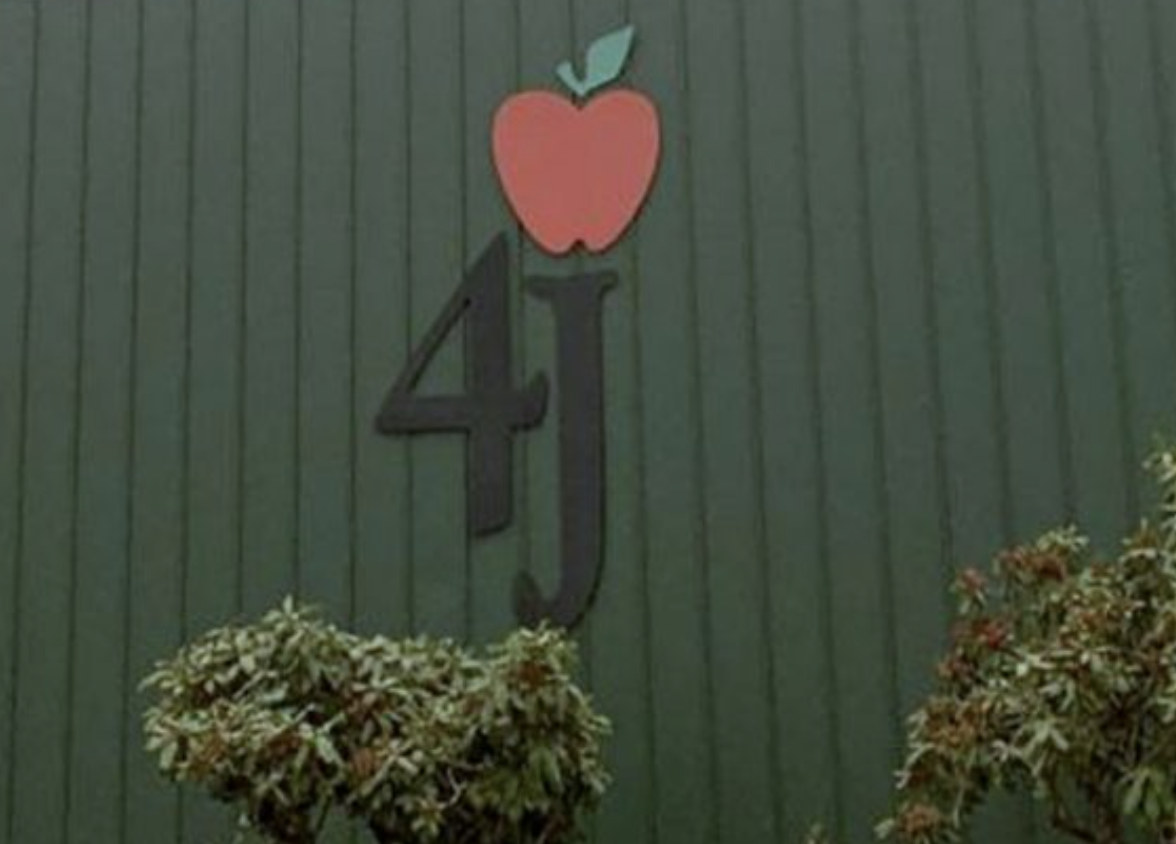By Elle Sabala
As a 22-year teaching veteran in 4J and a mother of a current 4J student, I am writing to express my concerns about the proposed new high school schedule and to urge the Eugene School District 4J to address these concerns before finalizing and implementing the schedule in September.
Currently 4J high schools offer three trimesters of five classes every school year (for most traditional students), and full-time teachers teach four of five classes. For example, I currently teach four Spanish classes and have one period as my “prep.” I see my students every day, and a “year” of Spanish consists of two trimesters — 24 weeks — of Spanish with about 8,200 minutes of instruction.
While there is no “perfect schedule,” 4J has been using the current model with relative efficacy for the last 10 years; 4J’s graduation rate for the 2021–22 school year was 80.8 percent, the second-highest in its history.
However, the new schedule will have two semesters of eight classes each every school year (for most traditional students), with students seeing their teachers two days a week for instruction, and one additional “contact-time” day where no new instruction or assessment is permitted.
This means the new schedule has students in instructional time with their teacher for only 6,000 minutes for a year-long — 36-week — class. This is a significant reduction in time for instruction and student-teacher relationship building.
Both my anecdotal experiences and peer-reviewed research, based on countless educational studies done over decades, overwhelmingly support as much consistent, daily contact between teachers and students as possible to promote social-emotional skills and academic knowledge.
Further, full-time teachers would teach six of eight classes on the new schedule. Teachers who were working part time at .75 on the old schedule teaching three classes would next year conceivably teach .67 time and teach four classes (meaning teaching more classes next year and being paid less!)
This means that fewer teachers will be “needed” to “cover” the courses taught previously, which ideally could lead to lower class sizes. But 4J has announced that class sizes will actually go up by 7 to 8 percent on average as teaching positions are cut across the four traditional high schools. Again, we know that class size is a crucial component to student success for the same reasons I stated above regarding student-teacher contact time.
Since the pandemic, 4J has responded admirably to helping our students care for their mental health. At the same time, at South Eugene High School we have suffered a disproportionately high rate of student suicide deaths since the pandemic started. I care deeply for my students’ and my daughter’s mental health, and I wonder how increasing the number of classes they are taking at a time (from five to eight) is going to adversely affect their mental and physical health, knowing that many teachers plan to increase homework loads to offset the 27 percent reduction in instructional time.
Also, I worry how this will negatively impact students on Individualized Education and 504 Plans who are losing time with their case managers and support classes (a federal right under IDEA), while at the same time adding more academic work?
I understand the explicit intent of the new schedule is to better serve traditionally marginalized populations such as students with learning disabilities, students of color and students in poverty. I myself advise South’s Latinx Student Union to help students find a safe place at school to celebrate their heritage and to share it with others, in order to create a stronger community school-wide.
But for the reasons I’ve listed, I emphatically disagree that the proposed new schedule will help more students than the current model we are using, and I expect 4J’s administrators to recognize and remedy the problems that the stakeholders (teachers, classified staff, building administrators and, most importantly, our students and families) are greatly concerned about for next year.
